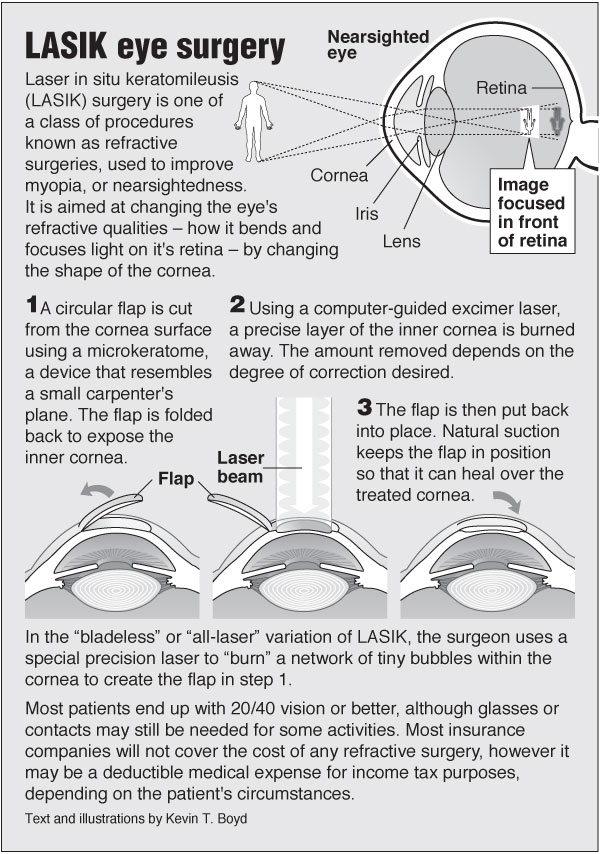Assessing The Benefits And Negative Aspects Of Typical Cataract Surgical Procedure Versus Laser-Assisted Approaches
Assessing The Benefits And Negative Aspects Of Typical Cataract Surgical Procedure Versus Laser-Assisted Approaches
Blog Article
Personnel Author-McGraw Lynn
When considering the choice in between standard cataract surgical treatment and laser-assisted methods, you might find yourself considering the benefits and disadvantages each technique provides. The choice goes beyond the surface level of expense and accuracy, delving into the world of long-term outcomes and client fulfillment. As you browse with the intricacies of these two methods, it becomes critical to comprehend the nuanced details that can substantially influence your visual clearness and general experience. Stay tuned to reveal the important factors that will guide your decision-making process in this vital element of eye treatment.
Conventional Cataract Surgical Treatment Benefits And Drawbacks
When considering conventional cataract surgery, you may discover that it's a well-established and widely-used method. In this procedure, a doctor makes a tiny laceration in the eye and utilizes ultrasound to break up the cloudy lens before removing it. When the cataract is gotten rid of, a fabricated lens is put to restore clear vision.
One of the major benefits of traditional cataract surgery is its performance history of success. Numerous clients have had their vision significantly improved via this treatment. In addition, standard surgery is commonly covered by insurance coverage, making it a more available alternative for numerous individuals.
However, there are some downsides to typical cataract surgery as well. Recuperation time can be longer compared to more recent strategies, and there's a slightly higher danger of problems such as infection or inflammation. Some individuals may additionally experience astigmatism or require analysis glasses post-surgery.
Laser-Assisted Techniques Benefits And Drawbacks
Discovering laser-assisted techniques for cataract surgery reveals a modern technique that makes use of laser modern technology to do vital action in the treatment. One of the key benefits of laser-assisted cataract surgery is its precision. The laser enables very accurate incisions, which can cause far better aesthetic results. Furthermore, making cataract surgery teaching of lasers can decrease the quantity of ultrasound power needed during the surgical procedure, possibly decreasing the risk of problems such as corneal damages.
On the downside, laser-assisted methods can be extra costly compared to conventional approaches. This cost mightn't be covered by insurance, making it less easily accessible to some people.
One more factor to consider is that not all cataract surgeons are trained in laser modern technology, which might restrict your options for picking a surgeon.
Last but not least, while the laser can automate certain aspects of the procedure, the surgical treatment still needs a proficient doctor to make certain effective results.
Comparative Evaluation of Both Methods
For a comprehensive understanding of cataract surgical procedure strategies, it's important to carry out a comparative analysis of both typical and laser-assisted approaches.
Traditional cataract surgery entails manual lacerations and making use of portable tools to break up and eliminate the cloudy lens.
On the other hand, laser-assisted cataract surgical treatment utilizes innovative technology to develop exact lacerations and separate the cataract with laser power prior to removing it.
In terms of precision, laser-assisted methods provide a greater degree of precision compared to traditional techniques. Making use of lasers permits personalization of the treatment based on each client's eye makeup, potentially bring about much better visual end results.
However, laser-assisted cataract surgery often tends to be more pricey than standard surgical procedure, which may limit availability for some individuals.
While https://www.webmd.com/eye-health/vitreomacular-adhesion-treatments work in restoring vision impaired by cataracts, the selection in between traditional and laser-assisted methods often depends on factors such as cost, accuracy, and specific person needs.
Consulting with your ophthalmologist can help establish the most ideal approach for your cataract surgery.
https://shanesmgau.loginblogin.com/39468196/a-contrast-of-traditional-and-laser-cataract-surgical-treatment-establishing-the-best-choice-for-you
To conclude, when determining in between traditional cataract surgery and laser-assisted strategies, consider elements like expense, accuracy, and specific demands. Typical surgery offers a proven record and insurance coverage yet may feature longer recuperation times. Laser-assisted strategies offer greater accuracy and customization but can be much more costly and not constantly covered by insurance policy. Inevitably, the option in between both techniques relies on what is most important to you and your certain situation.
